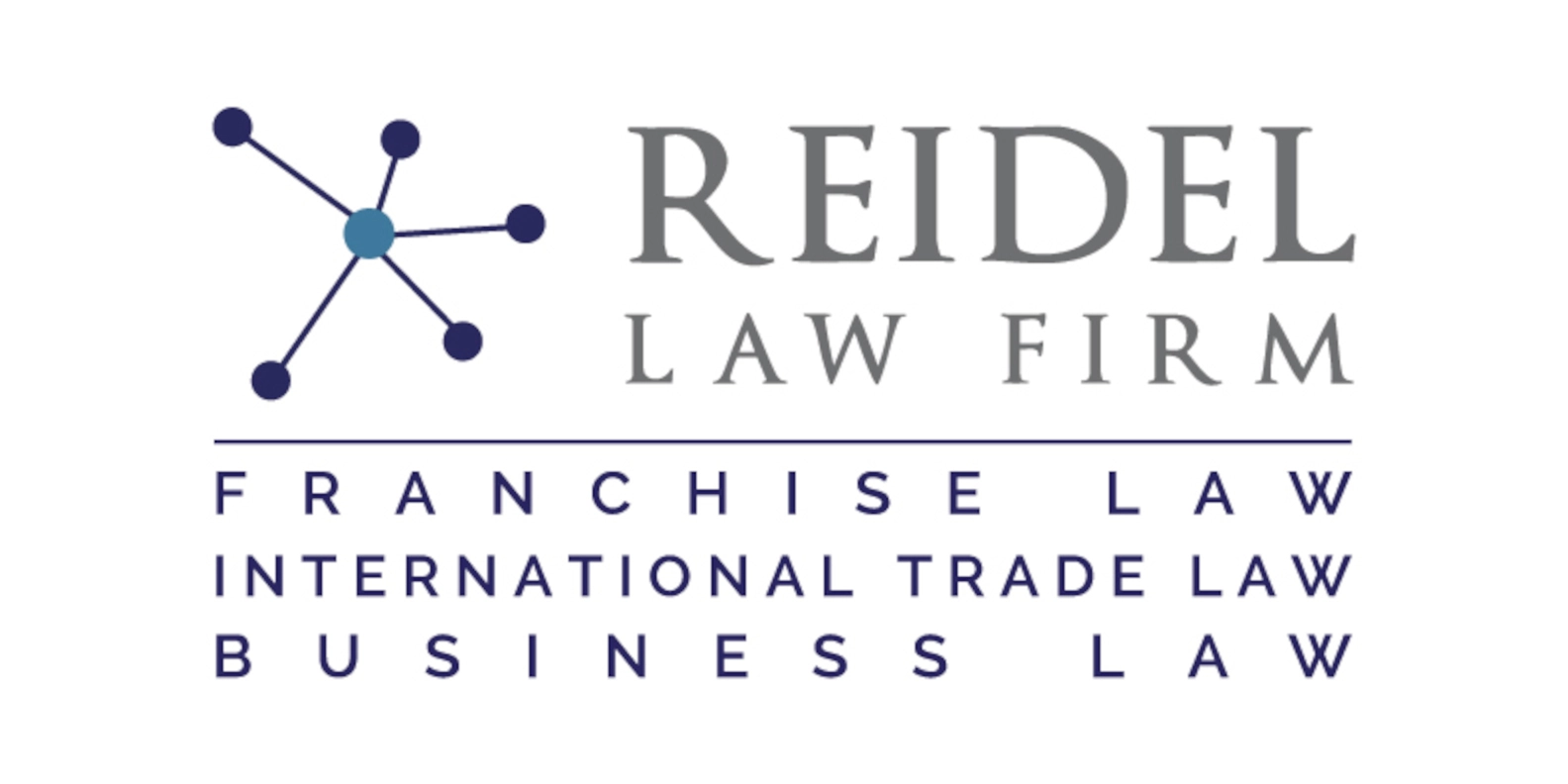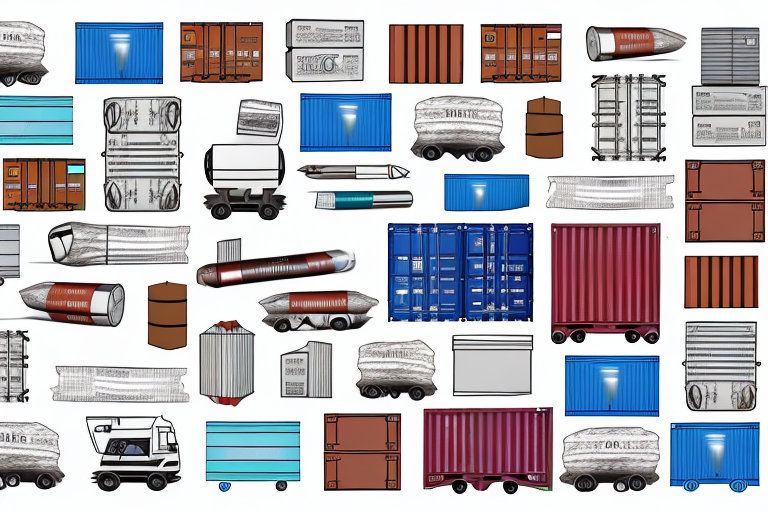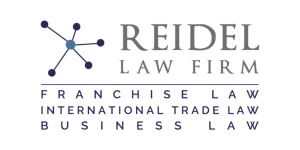In the world of international trade, the classification of goods is crucial for ensuring compliance with export control regulations. This is especially true when it comes to dual-use goods, which are items that have both civilian and military applications. The correct classification of these goods is essential to prevent their potential misuse or diversion.
Understanding the Importance of Classifying Dual-Use Goods
The classification of dual-use goods is of paramount importance due to their potential impact on national security, as well as the global economy. By accurately classifying these items, governments can effectively control their export and prevent them from falling into the wrong hands. It also helps businesses in avoiding legal consequences, reputational damage, and financial loss associated with non-compliance.
Furthermore, proper classification of dual-use goods enables governments to monitor and regulate the transfer of sensitive technologies and materials. This is crucial in preventing the proliferation of weapons of mass destruction and other harmful technologies. By having a clear understanding of the nature and characteristics of these goods, authorities can establish appropriate licensing requirements and enforce strict export controls.
The Basics: What Are Dual-Use Goods?
Dual-use goods can be a wide range of items, including technologies, equipment, software, chemicals, and even certain biological agents. These goods have legitimate commercial uses, but they can also be utilized for military purposes or in the development of weapons of mass destruction. Examples of dual-use goods include high-tech electronics, advanced materials, aerospace technology, and encryption software.
It is important to note that the classification of a good as dual-use is often determined by international export control regimes and national regulations. These regulations aim to prevent the proliferation of weapons and technologies that could pose a threat to global security. Exporters of dual-use goods are typically required to obtain licenses or permits to ensure that these items are not being used for illicit purposes.
Key Factors to Consider When Classifying Dual-Use Goods
When classifying dual-use goods, several factors need to be considered. These factors include the technical specifications of the item, its intended use, potential end-users, and the destination country. Additionally, it is essential to assess if the goods contain any controlled technologies, materials, or components. All these elements must be carefully evaluated to ensure accurate classification.
Another important factor to consider when classifying dual-use goods is the level of risk associated with the item. Some goods may have a higher risk of being used for illicit purposes or in the development of weapons of mass destruction. It is crucial to assess the potential risks and vulnerabilities associated with the goods to determine the appropriate classification and control measures.
Navigating Export Control Regulations for Dual-Use Goods
The classification of dual-use goods is governed by numerous export control regulations and international agreements. In the United States, for example, the Export Administration Regulations (EAR) and the International Traffic in Arms Regulations (ITAR) dictate the procedures and requirements for classifying, licensing, and exporting these items. Familiarizing yourself with the specific regulations in your country is essential to ensure compliance.
It is important to note that export control regulations for dual-use goods can vary significantly from country to country. For instance, the European Union has its own set of regulations known as the Dual-Use Regulation, which outlines the controls and licensing requirements for these goods within the EU member states. Additionally, other countries such as Canada, Australia, and Japan have their own specific regulations that must be followed when dealing with dual-use items.
Step-by-Step Guide to Classifying Dual-Use Goods
Classifying dual-use goods can seem daunting, but following a systematic approach can simplify the process. The first step is to gather all relevant information about the item, including technical specifications, capabilities, and potential uses. Next, compare this information with the Commerce Control List (CCL), which provides a detailed breakdown of controlled items. By carefully analyzing the CCL, you can determine the appropriate Export Control Classification Number (ECCN).
Once you have identified the ECCN, it is essential to further research and review any relevant regulatory controls, including any license exceptions or restrictions that may apply. It is also recommended to consult with export control experts or legal professionals to ensure accuracy and compliance.
Additionally, it is important to keep in mind that the classification of dual-use goods may vary depending on the country or region in which they are being exported. Different jurisdictions may have their own specific regulations and control lists that need to be considered. Therefore, it is crucial to thoroughly research and understand the export control requirements of the destination country or countries to ensure full compliance with all applicable laws and regulations.
Common Challenges in Classifying Dual-Use Goods and How to Overcome Them
Classifying dual-use goods can present challenges, particularly when dealing with complex technologies or emerging markets. One common challenge is the lack of clarity in technical specifications or the absence of explicit guidance from regulatory authorities. To overcome this, companies can seek guidance from industry associations, engage with the relevant authorities for clarification, or consult with experts in the field.
Another challenge in classifying dual-use goods is the constant evolution of technology. As new advancements are made, it can be difficult to determine whether a particular product falls under the category of dual-use goods. To address this challenge, companies can stay updated on the latest technological developments through continuous research and monitoring. Additionally, collaborating with industry experts and participating in relevant conferences or workshops can provide valuable insights into the classification of these goods.
Expert Tips for Accurate Classification of Dual-Use Goods
Experts recommend establishing robust internal processes for classifying dual-use goods. This includes creating a classification team, consisting of knowledgeable individuals who can assess technical specifications and understand applicable regulations. Regular training and education on export control laws and regulations are also recommended to keep classification processes up to date with the evolving landscape.
In addition to establishing a classification team and providing regular training, experts also suggest utilizing automated classification tools to enhance accuracy and efficiency. These tools can analyze product descriptions, technical data, and other relevant information to determine the appropriate classification code. However, it is important to note that automated tools should be used as a complement to human expertise, as they may not always capture the full complexity of dual-use goods.
The Role of Harmonized System Codes in Classifying Dual-Use Goods
Harmonized System (HS) codes play a crucial role in the classification of goods, including dual-use items. HS codes are a standardized classification system used worldwide to categorize products for customs purposes. While HS codes may not directly indicate the dual-use nature of goods, they provide a valuable reference point for determining the appropriate ECCN or controlled item category.
Best Practices for Documentation and Record Keeping in Dual-Use Goods Classification
Accurate documentation and record keeping are essential when classifying dual-use goods. Companies should maintain comprehensive records of the classification process, including technical data, source documents, decisions, and supporting justifications. These records not only facilitate compliance audits but also serve as evidence of due diligence in the event of regulatory inquiries or investigations.
Case Studies: Examples of Successfully Classified Dual-Use Goods
Examining real-world case studies can offer valuable insights into the process of classifying dual-use goods. Case studies highlight the complexities and challenges encountered in classification, as well as the mechanisms used to resolve them. Analyzing successful examples can provide guidance and practical solutions to improve classification accuracy.
Ensuring Compliance: Understanding the Consequences of Misclassifying Dual-Use Goods
The consequences of misclassifying dual-use goods can be severe. Legal implications, financial penalties, loss of export privileges, and reputational damage are among the potential repercussions. To mitigate these risks, companies must prioritize compliance, invest in appropriate training and resources, and stay informed about regulatory changes relating to dual-use goods.
Collaborating with Customs Authorities for Effective Classification of Dual-Use Goods
Collaboration with customs authorities is vital for effective classification of dual-use goods. Customs agencies possess valuable expertise and insights into the classification process. Engaging in open communication, leveraging available resources, and seeking guidance from customs authorities can help businesses navigate the complexities of classifying dual-use goods.
Utilizing Technology and Automation in the Classification Process for Dual-Use Goods
The classification process for dual-use goods can be time-consuming and resource-intensive. However, technology and automation can significantly streamline and enhance accuracy. Companies can invest in specialized software tools that automate the classification process, cross-reference data, and provide real-time updates on regulatory changes. Embracing technological solutions can save time, reduce errors, and ensure ongoing compliance.
Emerging Trends and Updates in the Classification of Dual-Use Goods for Export
The landscape surrounding the classification of dual-use goods is continuously evolving. Staying informed about emerging trends and updates is vital for maintaining compliance. Regularly monitoring regulatory updates, participating in industry forums, and engaging with export control communities can help businesses stay ahead of changes and adapt their classification processes accordingly.
The Impact of Global Trade Policies on the Classification of Dual-Use Goods
Global trade policies have a significant impact on the classification of dual-use goods. Changes in political landscapes, trade agreements, and national security concerns can result in shifts in regulations and controls. Businesses must closely monitor these policy developments to anticipate potential changes in the classification of dual-use goods and adjust their processes accordingly.
Addressing Ethical Considerations in the Classification of Sensitive Dual-Use Goods
While compliance with export control regulations is crucial, the classification of sensitive dual-use goods also raises ethical considerations. Businesses must ensure they are not inadvertently supporting or contributing to human rights abuses, environmental harm, or other unethical activities. Adhering to strict ethical standards and conducting due diligence on potential end-users is essential to prevent the misuse of classified items.
Industry-Specific Guidelines for Classifying Dual-Use Goods
Each industry may have specific guidelines and considerations when classifying dual-use goods. For example, the aerospace industry may have unique challenges due to the complexity and sensitivity of certain technologies. It is important for businesses to familiarize themselves with industry-specific standards, guidance, and best practices to ensure accurate classification within their specific sector.
Enhancing Supply Chain Security through Accurate Classification of Dual-Use Goods
Accurate classification of dual-use goods is crucial for enhancing supply chain security. By avoiding misclassification and ensuring compliance, businesses can mitigate the risk of unwanted items entering global supply chains or being acquired by unauthorized parties. Classification accuracy helps protect against potential security breaches, economic exploitation, and reputational damage associated with non-compliance.
Continuous Education and Training for Effective Classification of Dual-Use Goods
Given the evolving nature of export control regulations and the complexities of classifying dual-use goods, continuous education and training are essential. Regularly updating knowledge through training programs, attending seminars, and participating in industry conferences ensures classification practices remain accurate, efficient, and compliant with the latest standards and regulations.
In conclusion, the accurate classification of dual-use goods for export is a critical and complex process. It involves understanding the importance of classification, considering key factors, navigating export control regulations, and following a step-by-step approach. Overcoming common challenges, seeking expert advice, and utilizing technology can enhance classification accuracy. By staying informed about emerging trends, collaborating with customs authorities, and addressing ethical considerations, businesses can maintain compliance, enhance supply chain security, and contribute to responsible international trade.



